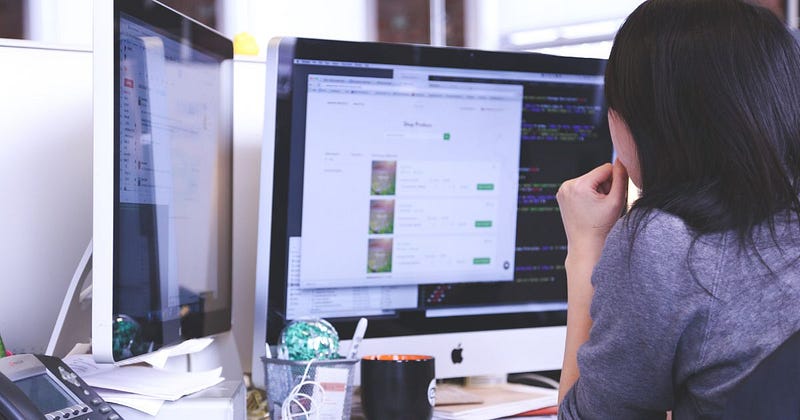HOW IS SCRATCH FOR TEACHING KIDS PROGRAMMING?
- Get link
- X
- Other Apps
Scratch is a 20’s product which is a visual programming language focusing on building creativity and logical thinking. Anyone of any age can learn through this platform but kids are considered its ideal recipients. By using and learning how to use scratch kids learn how to deal with every problem in a logical and systematic way.

The main objective of teaching with Scratch is to teach them the basic concepts, basic ideas and workflows about programming and computational thinking in a fun and engaging way. This will encourage the kids to learn new things and discover new paths.
BENEFITS WITH SCRATCH
Scratch is an online platform for creating innovative stories, games and animation which was developed by MIT. It has a concept of blocks coming together to form a puzzle. It is simple and easy to use but its simplicity doesn’t over-shadow the complex and powerful languages that it gradually unfolds.
ENCOURAGES CREATIVITY AND LOGICAL REASONING
Scratch develops logical reasoning and development as it encourages the kids to find different solutions for a problem. Programming teaches kids to be more systematic and sorted in their approach towards management and the use of tools to reach to a solution for a specific task.
In Scratch, colored blocks are first assembled then; they are dragged and released to get an immediate result. In this way it teaches kids to change scenario, add sound, movement and develop games in an easy way, it gives birth to the seed of creativity in the young minds. Kids can start as early as 6–7 years of age given that they are able to read fluently or there is a Junior version of the it too which is completely visual.
INSTALLATION PROCESS
The process of learning with Scratch is Feasible, Fast and Free. The new version, SCRATCH 3.0 has a feature which leaves Flash behind which makes it convenient to use in any device without any problems. Scratch works through a web browser so, you can execute all the programs of Scratch using your laptops, tablets or smartphones. You just need to go to the Scratch’s official web address and get started.
The desktop versions for Scratch 3.0 for Windows, Mac and Linux operating systems does not require internet.
It is always preferable to make an account of your kid through the registration process so that he/she can save the projects, work on the completed projects once again and work on the unfinished projects.
There is no age limit for the registration process but an email id is a necessary element of the parent or the tutor.
INITIAL PROJECTS WITH SCRATCH
After all the installation, registration, resources and equipment etc. comes the best part of starting to program with Scratch. The process of programming needs to be fun for these young kids for them to enjoy and learn, which Scratch provides the best. If a kid enjoys programming with Scratch we have achieved our target of building a new talent in them.
TINY LITTLE STEPS IN THE BEGINNING
The starting should be by taking tiny little steps which involves learning based on challenges with games and small projects, which can help the kid unfold his/her wings of creativity.
The new version 3.0 has enhanced features which allow the kid to practice while watching video or animated images. It also has teacher’s guide and associated programming cards for different projects.
Once the kid gets associated with the features of Scratch they are introduced to different projects where they can modify the base project according to their requirement. A kid can work on any project to learn; he/she can go through its code and freely modify it.
There is another feature along with the videos are the Hour Of Code. A kid can have his/her first contact with programming with short theme oriented videos.
There are projects installed with a specified structure but the kids have an advantage of modifying it, altering it, use trial and error method to gain knowledge without disturbing the actual motive of the program.
Scratch provides a preview option where one can change certain elements or add new features once the project base is done. This promotes their creativity and learning at their own speed.
PHYSICAL ELEMENTS AND SCRATCH
Once the kid is well versed with Scratch’s interface, the main blocks and their projects, they can start using physical elements to directly program with Scratch. Kids can use their creativity and build robots with recycled materials and pianos with fruits. They eventually become the ones who decide how to work by themselves. Scratch provides a platform to think beyond the box.
- Get link
- X
- Other Apps
Comments
Post a Comment